Forest Ecosystem
A forest is a complex ecosystem consisting of a community of living organisms (plants, animals, and microorganisms) interacting with each other and with the non-living components of their environment (soil, water, and air) within a defined area. Forests play a vital role in maintaining the ecological balance of the planet and provide a wide range of ecosystem services.
Types of Forests
Forests can be broadly categorized into several types based on their geographical location, climate, and predominant vegetation. Some of the major types of forests include:
- Tropical Rainforests
- Temperate Deciduous Forests
- Boreal Forests (Taiga)
- Coniferous Forests
- Mangrove Forests
Characteristics of Forest Ecosystems
Forests have several key characteristics that contribute to their ecological significance:
- Biodiversity: Forests support a wide variety of plant and animal species, making them biodiversity hotspots.
- Carbon Sequestration: Trees in forests absorb carbon dioxide from the atmosphere, helping mitigate climate change.
- Water Regulation: Forests play a crucial role in regulating the water cycle, influencing rainfall patterns and preventing soil erosion.
- Habitat for Wildlife: Forests provide habitats for numerous species, serving as a vital source of food, shelter, and breeding grounds.
- Recreation and Tourism: Forests are popular destinations for outdoor activities, nature tourism, and eco-tourism.
Threats to Forests
Despite their ecological importance, forests face various threats that jeopardize their sustainability:
- Deforestation: The clearing of forests for agricultural expansion, logging, and urban development leads to habitat destruction and loss of biodiversity.
- Forest Degradation: Pollution, invasive species, and unsustainable land use practices can degrade forest ecosystems, impacting their health and productivity.
- Climate Change: Rising temperatures, altered precipitation patterns, and extreme weather events pose significant challenges to forest ecosystems.
- Wildfires: Uncontrolled wildfires can devastate large areas of forest, leading to loss of vegetation and wildlife.
Importance of Forest Conservation
Conserving forests is crucial for maintaining ecological balance and ensuring the well-being of present and future generations. Conservation efforts include:
- Protected Areas: Establishing and managing national parks, wildlife reserves, and forest sanctuaries to safeguard critical habitats.
- Sustainable Forest Management: Promoting responsible forest practices that balance environmental, social, and economic needs.
- Reforestation and Afforestation: Planting trees and restoring degraded forest areas to enhance biodiversity and ecosystem services.
- Community Involvement: Involving local communities and indigenous groups in forest conservation and sustainable resource use.
Study Guide
To deepen your understanding of forest ecosystems, consider exploring the following topics:
- Forest Structure and Layers
- Photosynthesis and Carbon Sequestration in Forests
- Animal Adaptations in Forest Environments
- Importance of Mycorrhizal Fungi in Forest Soils
- Impact of Deforestation on Climate Change
- Case Studies of Successful Forest Conservation Initiatives
By delving into these areas, you can gain a comprehensive grasp of the intricate dynamics and significance of forest ecosystems.
.◂Science Worksheets and Study Guides Eighth Grade. Understanding Weather
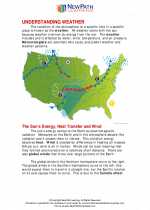
 Activity Lesson
Activity Lesson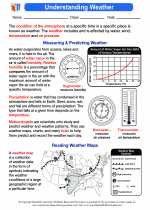
 Worksheet/Answer key
Worksheet/Answer key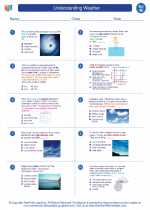
 Worksheet/Answer key
Worksheet/Answer key
 Worksheet/Answer key
Worksheet/Answer key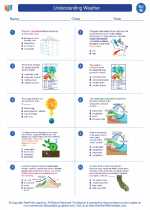
 Worksheet/Answer key
Worksheet/Answer key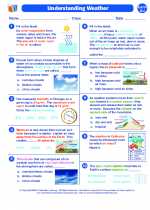
 Vocabulary/Answer key
Vocabulary/Answer key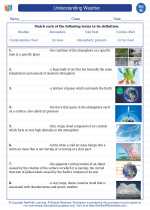
 Vocabulary/Answer key
Vocabulary/Answer key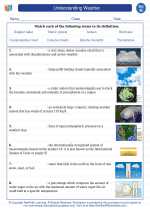
 Vocabulary/Answer key
Vocabulary/Answer key
